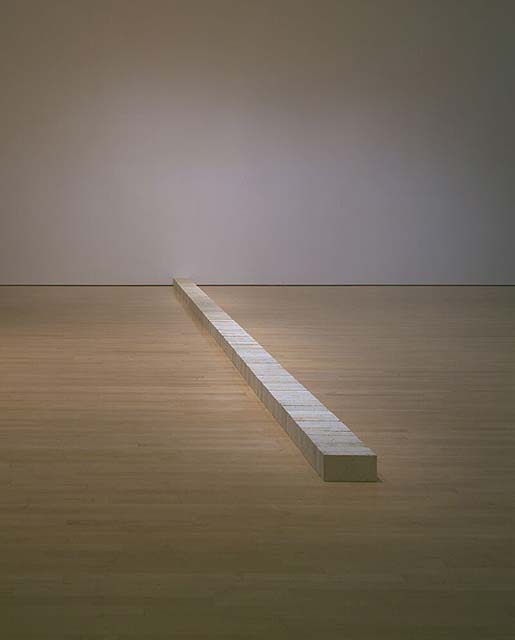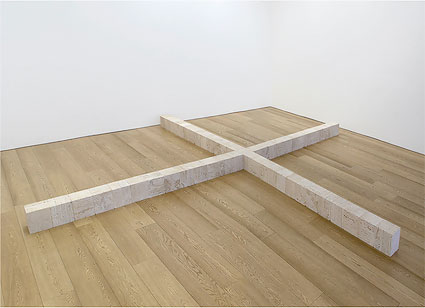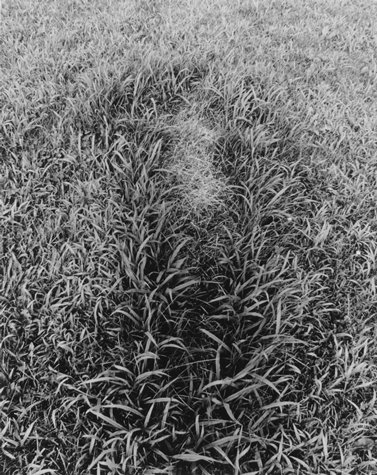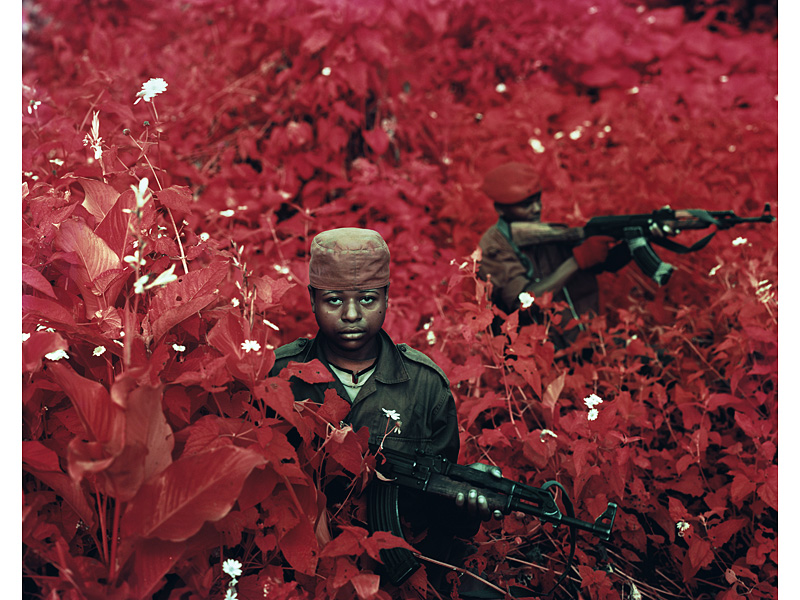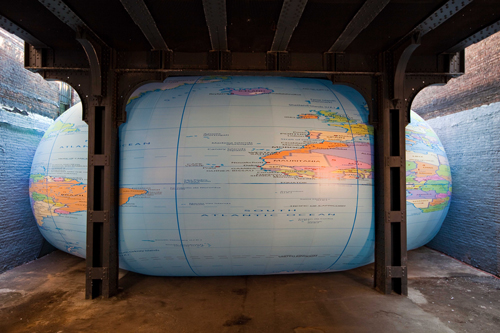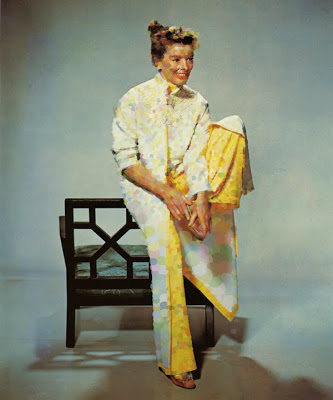Film, Fiction, and Biography
I’ve been fascinated by cinema since I was young. It’s unquestionably the dominant art form of our culture and I often feel as though my own paintings wish to create a filmic quality in their abstraction.
In the spirit of that fascination, I decided to create some film lists during this pandemic, in an effort to inspire others. I’m not a film historian, and I bring my own biases to bear on these lists, nor are these lists intended to be definitive in any sense of the word. Think of these as cinematic mixed tapes (or playlists if you prefer).
I hope to both expose you to films you may not be aware of as well as get you to reexamine films you may be familiar with. The lists are curated in the same way I used to curate art exhibits; there are rules I apply to the themes beyond their genre which I will describe with every b-weekly list. My choices are based on artistic credibility. Each film adheres to the principals of great cinema, writing, directing, acting, production design, and cinematography. I endeavor to include a few choices that have been little seen or have been underappreciated. All of these films defy convention or break new ground.
I hope you enjoy these lists and I look forward to your feedback and thoughts.
Biopics
Film biographies have become all too common and more often than not they fall into obvious story arcs of the rags to riches to drug abuse to death scenario. The films on this list all avoid cliché even when they retain a familiar story arc. I also avoided films where the lead actor was the dominant focus, even if their work was critical to the film. There are many good biopics out there like Ray, or the most recent Judy, that although well intentioned become weighted by an overwhelming singular performance that causes you to lose sight of the other aspects of the story.
La Vie en Rose
If you’ve ever heard Edith Piaf sing Non, Je ne regrette rien (No, I do not regret anything) then you understand the power of her voice and how she captivated a nation with it. Marion Cotillard’s portrayal of Piaf in La Vie en Rose delivers a stunning performance. Directed by Olivier Dahan who also co-wrote the screenplay with Isabelle Sobelman, the film is wonderfully shot and avoids falling into cliché despite its now all too familiar rags to riches plot. The music is all original Piaf which makes it all the more potent.
I’m Not There
I think I was nearly 40 before the genius of Bob Dylan hit me. Looking back on that revelatory day when I listened to a radio marathon of his life’s work, it seems impossible it took me so long. He has always been enigmatic to many, and more so due to his continuous evolution as an artist. I’ve always been a fan of the director Todd Haynes who brings wit, and sensitivity to his characters and has always managed to portray music in a thoughtful way. I’m Not There is an inventive, delightful melange of multiple actors—Cate Blanchett, Christian Bale, Heath Ledger, Ben Whishaw, Marcus Carl Franklin, and Richard Gere—portraying the multiple personalities of Bod Dylan. It’s a tribute to Dylan and the American songbook in the best possible way.
12 Years A Slave
Steve McQueen, the director of 12 Years A Slave is an artist first, and film maker second. He rose to prominence winning the Turner Prize in 1999 for his video art. He has always brought forth a connection to body and art, forcing the viewer to confront his filmic experiences in very real, tactile ways. This film could be considered brutal except for the fact that in America our persistent need to repress the realities of slavery only makes it so. The beach landing in My Private Ryan is equally brutal regarding human horrors, but somehow more palatable because it is within the context of white history. Chiwetel Ejiofor is extraordinary in his ability to place any viewer into the shoes of Solomon Northup. Sean Bobbitt’s cinematography of the deep south makes you believe you’re actually in 1841. This film is of course, particularly poignant given the current Black Lives Matter protests.
Capote
It’s still hard for me to believe we lost Philip Seymour Hoffman, the greatest actor of his generation. His acting in Capote is in perfect sync with Catherine Keener (who plays Harper Lee) and shows off what made him such a great actor, his ability to play even iconic figures in an understated, human way. The production design is wonderful in its juxtaposition of Capote’s NYC Mad Men like life, and the barren farmland of small-town Kansas. Bennet Miller the director wisely lets the actors do what they do best. The writing is also exceptional interweaving class, sexuality, race, and culture into what on the surface starts off as a detective story.
Raging Bull
Raging Bull is the film that made Robert De Niro and Martin Scorcese legends in filmmaking, both a the absolute height of their powers in this film. The film accomplishes a rare perspective on a very old and very controversial sport, boxing. As Joyce Carol Oates said; “To watch boxing closely, and seriously, is to risk moments of what might be called animal panic—a sense not only that something very ugly is happening but that, by watching it, one is an accomplice.” The same could be said for watching Raging Bull. One of the rare films where violence becomes poetry and the sport becomes more compelling than the story of the man. It’s also a clear lens on the undercurrent of white male privilege.
American Splendor
Speaking of extraordinary actors, Paul Giamatti was made for the role of Harvey Pekar, the late comic book writer who the comic book series of the same name. In an age when Marvel has its own film studio, this film is a revelation and accidentally predicts the resurgence of the form. I love American Splendor because it elevates the beauty in the mundane suffering of everyday life. It celebrates oddity and eccentricity. Hope Davis is the perfect foil to Giamatti as his third wife Joyce Brabner. The interplay of Krumb’s original drawings and the understated cinematography of Cleveland makes this film a real jewel.
The Diving Bell and the Butterfly
The Diving Bell and the Butterfly (Le Scaphandre et le Papillon) is based on the biography of Jean-Dominique Bauby, the subject of the film. Bauby was the editor of French Elle magazine and before his unfortunate accident what you would call a playboy. If ever a painting was made into film, this would be it. Julian Schnabel the famous NY painter directs with a visual flare that perfectly maps to the experience of its lead character. Mathieu Amalric stars in what is probably his best acting. A visually stunning and emotionally powerful film that leaves you realizing just how precious life is.
Coal Miner’s Daughter
Before the form in American cinema became a cliché Coal Miner’s Daughter established the biopic form. It closed out the decade of the 70’s with it’s gritty, real-life characters that owe’s tribute to films like Deliverance, and McCabe and Mrs Miller, when films were made as art not as marketing campaigns. Sissy Spacek deservedly won an Academy Award for her portrayal of Loretta Lynn, and is supported by exceptional acting by Tommy Lee Jones, Beverly D’Angelo, and the late great drummer from The Band, Levon Helm. Michael Apted’s directing is tight and unvarnished. It’s a window into Kentucky Appalachia, and the realities of American poverty.
Mishima: A Life in Four Chapters
This film has often been referred to as the greatest biopic nobody has seen, and that’s a shame. It is truly a masterpiece and unlike any other film you’ll watch in this genre. Mishima: A Life in Four Chapters abstractly captures the life of the larger-than-life Japanese artist Yukio Mishima. At times surreal, perverse, and violent, it mirrors the extraordinary isolated life of its subject. Written and directed by the brilliant Paul Schrader with a score by none other than Philip Glass it is truly a wonder to behold.











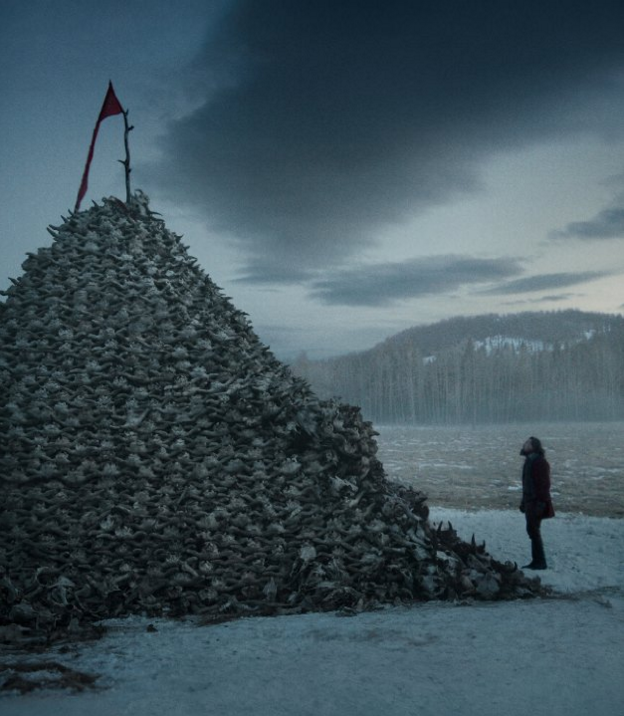 There is a surprising amount of water in Alejandro Iñárritu’s The Revenant. The film begins with water and ends with water. Water is the central metaphor for what it is to be human. Humanity and nature can be both fluid and an unstoppable force, soft and hard. The power of The Revenant lies not in its unrelenting fury, but in its subtle grasp of an uncaring universe.
There is a surprising amount of water in Alejandro Iñárritu’s The Revenant. The film begins with water and ends with water. Water is the central metaphor for what it is to be human. Humanity and nature can be both fluid and an unstoppable force, soft and hard. The power of The Revenant lies not in its unrelenting fury, but in its subtle grasp of an uncaring universe. 
